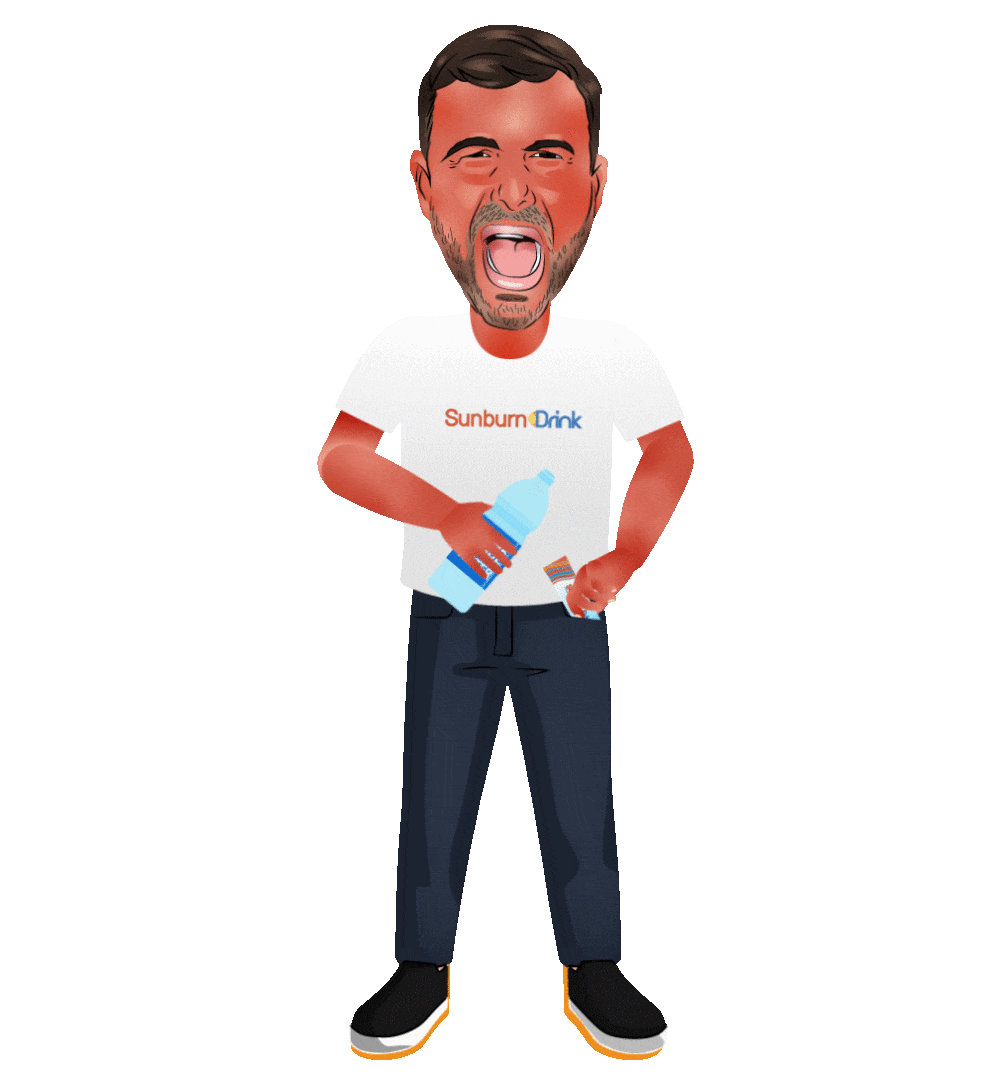Sunshine is undeniably uplifting, but it comes with a price – the risk of sunburn. While most of us associate sunburn with that telltale pinkish hue on the skin after a day at the beach, sunburn is a more nuanced issue, with varying types and degrees of severity.
In this blog, we’ll explore the different types of sunburn and arm you with essential knowledge on how to avoid them.
1. First-Degree Sunburn:
The Mild Warning Shot The mildest form of sunburn, first-degree sunburn affects the outer layer of your skin, causing redness, tenderness, and perhaps a slight itch. This type of sunburn usually develops within a few hours of exposure and peaks around 24 hours later. While painful, it typically heals within a week.
To prevent first-degree sunburn, remember to apply a broad-spectrum sunscreen with an SPF of 30 or higher, wear protective clothing, and seek shade during peak sunlight hours, usually between 10 a.m. and 4 p.m.
2. Second-Degree Sunburn:
Deeper Impact More serious than its first-degree counterpart, second-degree sunburn penetrates deeper layers of the skin, causing intense redness, blistering, and pronounced pain.
This type of sunburn can take up to two weeks to heal and might leave permanent pigmentation changes. To avoid second-degree sunburn, take even more caution with sun protection measures, and avoid prolonged exposure altogether if possible.
3. Third-Degree Sunburn:
The Severe Specter Thankfully rare, third-degree sunburn is a medical emergency. It affects all layers of the skin, potentially causing extensive blistering, extreme pain, and even a risk of dehydration and infection. Medical attention is critical for third-degree sunburn, and it might require hospitalization. Prevention here includes not only sunscreen and protective clothing but also vigilant monitoring of sun exposure time. This is one of the severe types of sunburn you should be aware of.
4. Sun Poisoning:
Beyond Skin Deep Sun poisoning, while not an official medical term refers to a severe reaction to sunburn, often accompanied by symptoms like chills, fever, nausea, and headache.
This could indicate that the sunburn has affected not only the skin but also the body’s internal systems. Avoiding sun poisoning involves staying hydrated, wearing appropriate clothing, and regularly applying sunscreen, even on cloudy days.
5. Chronic Sunburn:
A Cumulative Concern Chronic sunburn is the result of repeated sun exposure without adequate protection. Over time, this can lead to premature aging, wrinkles, and an increased risk of skin cancer, including deadly melanoma.
The key to preventing chronic sunburn lies in establishing consistent sun protection habits. This includes using sunscreen every day, even when it’s cloudy, wearing protective clothing, and seeking shade whenever possible.
6. Photosensitivity:
When Skin and Sunlight Collide Photosensitivity, also known as sun allergy, isn’t exactly a sunburn type, but it’s a skin condition that can make you more susceptible to sunburn. Certain medications, medical conditions, and even some fragrances or cosmetics can trigger photosensitivity reactions, leading to redness, rash, and discomfort. If you’re prone to photosensitivity, consult a dermatologist for advice on how to minimize the risk.
Prevention Tips for a Sunburn-Free Life
To avoid getting any types of sunburn listed here, you need to be careful and practice all the precautions listed here.
Choose the Right Sunscreen
Opt for a broad-spectrum sunscreen with an SPF of 30 or higher. Don’t forget to reapply every two hours, or more frequently if you’re swimming or sweating.
Dress Wisely
Wear protective clothing like wide-brimmed hats, sunglasses, and long-sleeved shirts and pants. Some clothing even comes with built-in UV protection.
Seek Shade
Especially during peak sunlight hours, find shelter under trees, umbrellas, or other shade sources to reduce direct exposure.
Stay Hydrated
Proper hydration can aid your skin’s natural defenses against sun damage. Drink plenty of water throughout the day, especially when you’re outdoors.
Be Sun Smart
Teach children and young adults the importance of sun protection early on. Encourage them to adopt sun-safe habits from a young age.
Regular Skin Checks
Monitor your skin for any unusual changes, like new moles, or changes in the appearance of existing ones. Early detection of skin cancer is crucial for effective treatment.
Consult a Professional
If you have concerns about your skin’s reaction to the sun or if you’ve experienced severe sunburn in the past, consult a dermatologist. They can provide personalized advice and recommend suitable preventive measures.
Try Sunburn Drink
You must be wondering if there is any beverage to deal with sunburn.
Yeah, Sunburn Drink is the first-ever recovery drink that is loaded with skin-friendly vitamins and antioxidants to reverse UV damage. It works by delivering essential micronutrients and minimizing oxidative stress, promoting hydration and moisture, improving cell regeneration, and enhancing natural cell function within the dermal layer of the skin.
You can use Sunburn Drink before and after your sunbathing.
But if you have a severe type of sunburn, make sure to get medical attention for it.
The Bottom Line
The types of sunburn are broader than meets the eye. From the mild discomfort of first-degree burns to the severe consequences of third-degree burns and chronic sun damage, understanding the types of sunburn can help you take appropriate precautions. Remember that protecting your skin from any type of sunburn isn’t just a cosmetic concern – it’s a matter of long-term health and well-being. So, next time you’re heading out to enjoy the sun, make sure you’re armed with the knowledge and tools to keep your skin safe and healthy.

